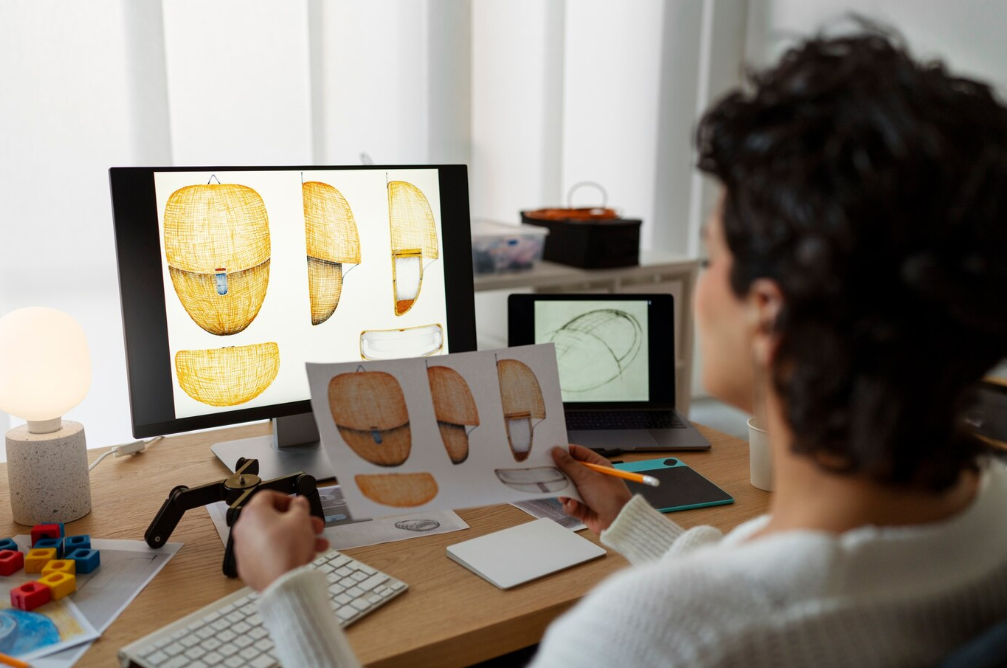In a world where remote work has become the norm, design collaboration can no longer rely on physical presence or traditional local file systems. Product teams need seamless, centralized access to CAD models, version history, and real-time design input. The best way to collaborate on product design in this context is through cloud-native, team-focused platforms that eliminate delays and disconnection.
Remote collaboration begins with unifying the workspace. A cloud-based environment like a team-based CAD platform ensures that everyone, from designers to managers, sees the same model, the same history, and the same set of tools—regardless of time zone or device. This reduces confusion, eliminates email threads, and supports clear design ownership.
One of the core challenges in remote workflows is maintaining synchronization between contributors. Platforms that offer synchronous CAD editing allow engineers to work in parallel, making live changes that update instantly for all viewers. This enables agile collaboration without waiting for others to finish or upload files.
Furthermore, product data management in CAD plays a crucial role. With structured storage of model history, design changes, and annotations, remote teams have full traceability and transparency. Everyone knows who made what change and when—supporting accountability and revision control without added effort.
Cloud CAD tools also support modular team roles, which is vital when collaborating with external contractors or multi-disciplinary groups. For example, a mechanical engineer can edit geometry while a design reviewer simultaneously adds comments or checks tolerances.
Beyond tools, the best way to collaborate on product design remotely also involves culture. Engineering teams that communicate frequently, establish shared expectations, and document their processes see better outcomes. When tools like Onshape cloud CAD for teams support this culture, creativity and velocity are naturally unlocked.
Security is often a concern for remote work, and rightfully so. A trusted CAD for remote teams platform should offer granular permissions, encrypted sessions, and activity logs that meet enterprise-grade standards. With proper configuration, remote doesn’t mean risk—it can mean greater control.
Ultimately, remote collaboration in CAD is no longer a compromise. With the right tools and discipline, it can be the most efficient and scalable way to build the future—together, from anywhere.

